Engineering issues in Water sector
-
ALLY SWALEHE BYARUGABA, Ghanima Chanzi, Magori Jackson Nyangi
-
20 November 2025
14
4
Optimization of the Factors Influencing Chlorine Decay in Intermittent Water Supply Systems: Box-Behnken Design Approach
DOI:
https://doi.org/10.56542/w.jwempo.v2.i2.a6.2025
Download / view PDF
Keywords:
pH effects, flow rate, stagnation time, water distribution systems, ANOVA (Analysis of Variance), EPANET model
Abstract
Chlorine decay in water distribution systems is a critical challenge that impacts disinfection efficiency and public health. This study systematically investigates the effects of pH, flow rate, pipe length, and stagnation time on chlorine residual loss through a controlled experimental framework. The Box-Behnken Design was used to optimize these factors within the ranges: pH 4–8, flow rate 0.5–1.0 L/min, pipe length 10–30 m, and stagnation time 1–3 hours. Analysis of Variance (ANOVA) revealed that pH and stagnation time were the most significant factors. Lower pH <7 and longer stagnation >2 hours accelerated chlorine decay by up to 40%. Flow rate showed a secondary but notable effect, where higher velocities (1.0 L/min) reduced decay by 15–20%. A quadratic model (R²=0.98) demonstrated strong predictive accuracy and revealed key interactions between initial chlorine dose and pH. At optimized conditions, a target residual chlorine level of 0.34 mg/L was achieved, balancing disinfection and operational efficiency. These parameters were applied in the EPANET model of Bigwa water supply, resulting in a stable residual chlorine level of 0.3 mg/L over a 72-hour simulation. This study offering a practical framework for optimizing chlorine residuals in both continuous and intermittent water supply scenarios.
